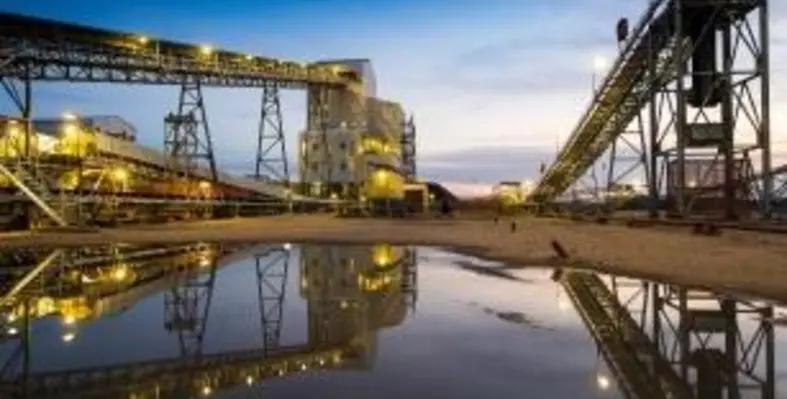WEC Projects has secured approximately US$189,835 contract for the expansion of Botswana’s Karowe diamond mine sewage treatment facility, which is expected to cease open pit activities by 2026
Lucara Botswana’s Karowe diamond mine is located near the village of Letlhakane in the eastern Kalahari Basin region of Botswana. More than 1000 metres above sea level, the mine operates in a region where temperatures average 35°C and water is so scarce that the government of Botswana has legislated mandatory water saving requirements for industry. After the cease of the open pit activities, it will continue mining underground, extending its operational life to around 2040.
WEC Projects has installed the original treatment plant in 2012 and will integrate the new system into the existing facility, increasing throughput from 100m3 to 150m3 per day to meet the requirements of an increase in the number of staff at the mine. While the treatment plant itself is a fairly standard installation, the mine requested a variation to the original project scope – a man-made natural reed bed wetland system that will provide a “polishing” phase to the treatment process, using natural organisms and filtration processes to further clean the wastewater.
Wayne Taljaard, managing director of WEC Projects, said, “This is a particularly unique feature for a mine as usually such reed bed wetlands are built for much larger installations such as municipal sewage treatment. The government’s mandate for water conservation has forced companies in Botswana to apply creative thinking to overcome the challenge of operating in an arid country.”
The main sewage treatment facility will consist of a WEC Projects Model A treatment plant, an extended aeration system using conventional activated sludge to process the sewage. The wastewater passes through a mechanical screen which removes solids and is then treated by a biological reactor which integrates anoxic, aerobic and clarification zones.
After treatment the water will enter the reed bed wetland area where it will percolate through the reed bed allowing microorganisms to breakdown contaminants such as sulphur, heavy metals and chlorine. The water produced by this process, while not for human consumption, will be reused by the mine for applications such as irrigation and dust suppression.






